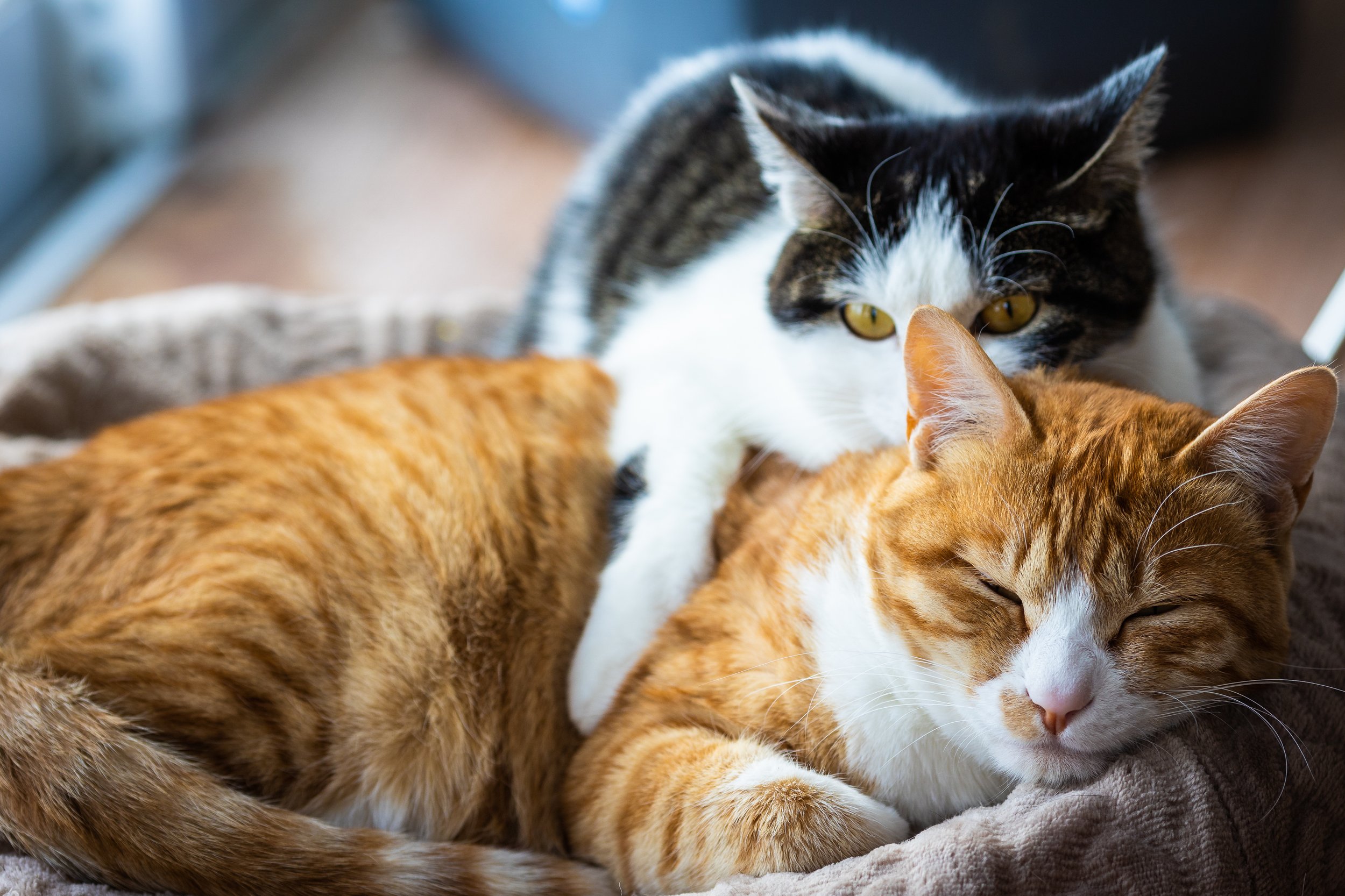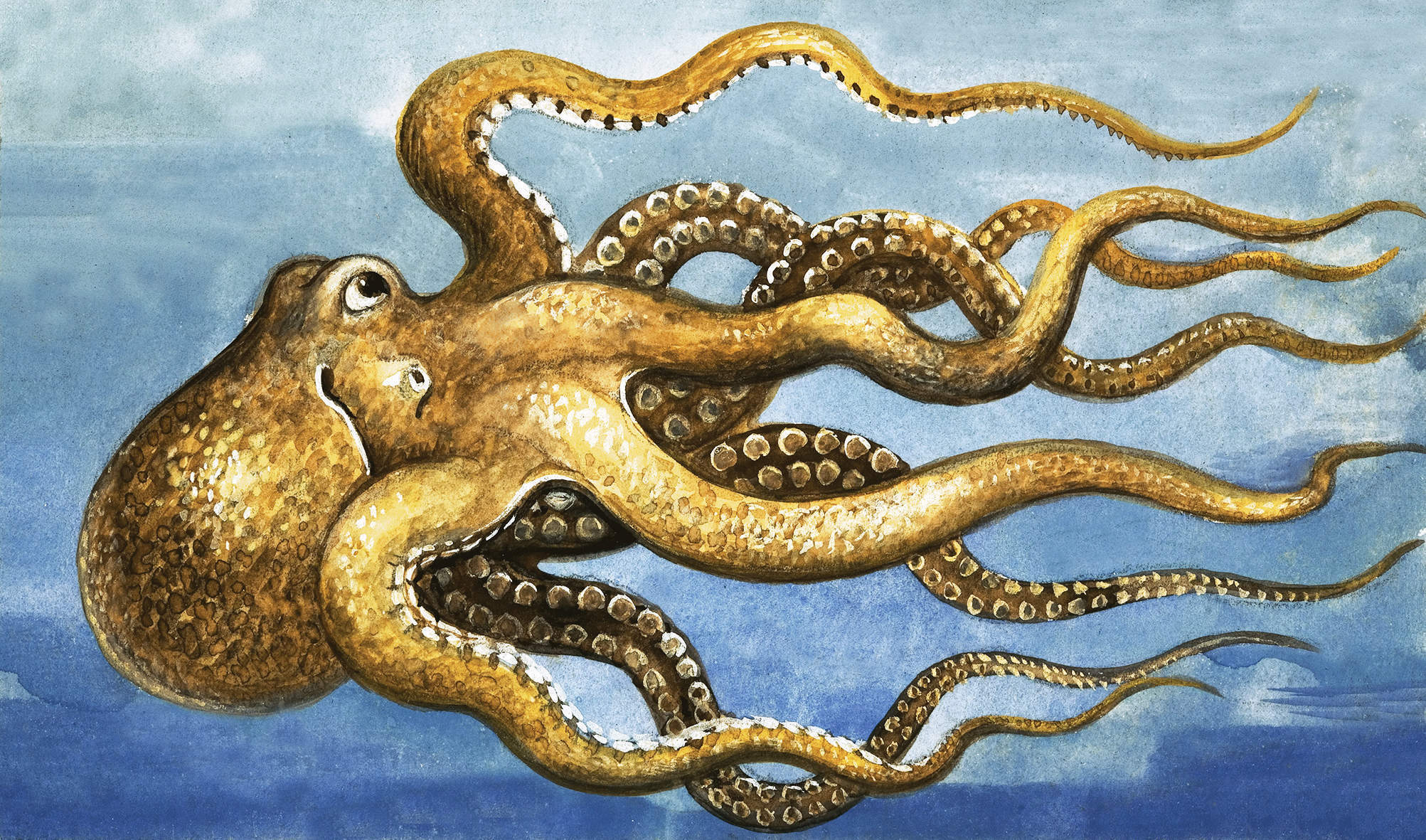The relationship between kittens and cats is one of the most heartwarming transitions in the animal kingdom. Kittens, with their tiny paws, playful energy, and innocent curiosity, grow up to become graceful, independent cats. This transformation from kittenhood Kittens and Cats to adulthood is not only a physical journey but also a behavioral and emotional one. In this article, we will dive deep into the world of kittens and cats, exploring their growth stages, unique behaviors, and the lifelong bond they create with humans.
Kittens: The Early Stages of Life

1. Birth and First Few Weeks
Kittens are born after a gestation period of about 63-65 days. At birth, they are completely dependent on their mother for survival. Newborn kittens are blind and deaf, with their eyes and ears remaining closed for the first 10-14 days. During this time, their primary senses are smell and touch, and they rely on their mother’s warmth and milk for nourishment.
The first few weeks are critical for a kitten’s development. They gain weight rapidly, approximately doubling in size within their first week of life. Around the second or third week, their eyes begin to open, revealing the classic blue eyes that most kittens have. Their hearing also develops, and they start responding to sounds in their environment.
2. Socialization Period (2-7 weeks)
Between the second and seventh weeks of Kittens and Cats life, kittens enter the socialization period, which is crucial for their future behavior. During this stage, they become more curious and start exploring their surroundings. Play behavior, such as wrestling with littermates, pouncing, and chasing, emerges as kittens learn how to interact with the world around them.
This period is essential for human interaction. Kittens who are handled by humans during this phase are more likely to grow up to be friendly and sociable cats. Proper socialization also reduces the chances of fear or aggression in adulthood.
3. Weaning and Learning Independence
By around 4-6 weeks of age, kittens begin the process of weaning, gradually transitioning from their mother’s milk to solid food. This is also when they start learning essential survival skills from their mother, such as grooming and using a litter box.
At this stage, kittens also begin to exhibit the classic hunting behaviors seen in adult cats, such as stalking and pouncing on objects. These playful activities help them develop the skills they would need if they were living in the wild. While domestic cats don’t typically need to hunt for food, these behaviors remain ingrained in their instincts.
The Adolescent Kitten (2-6 months)

Kittens enter a stage of rapid growth and development between two and six months of age. During this period, they are incredibly energetic, curious, and playful. They are constantly testing their environment, learning boundaries, and honing their skills.
At this stage, kittens can be a handful for their owners. They may display mischievous behavior, such as climbing curtains, knocking over objects, or pouncing on unsuspecting feet. It’s important for owners to provide appropriate outlets for this energy, such as toys, scratching posts, and climbing structures.
This is also the time when many kittens start to show their personality traits. Some kittens may be more independent and aloof, while others may seek Kittens and Cats constant affection and attention. These early personality traits can often give owners insight into the kind of adult cat their kitten will grow into.
Transition to Adulthood (6-12 months)
By six months of age, kittens start resembling adult cats in their physical appearance, although they are still growing. This is typically when cats reach sexual maturity, and it’s recommended that owners spay or neuter their cats around this time to prevent unwanted litters and curb certain behaviors, such as spraying or territorial aggression.
As they approach their first birthday, kittens begin to settle into a more adult-like behavior pattern. While they still retain some of their playful energy, they often become more independent and reserved. However, the bond they’ve developed with their owners during kittenhood remains strong, and many cats continue to seek affection and companionship throughout their lives.
Cats: The Graceful Adult

1. Physical and Behavioral Maturity
Once a cat reaches about 12 months of age, they are considered fully grown, although some larger breeds, like Maine Coons, may continue to grow for another year or two. Adult cats have sleek, muscular bodies and exhibit the grace and agility that felines are known for.
In terms of behavior, adult cats tend to be more reserved and less playful than kittens. However, they still enjoy mental and physical stimulation. Many cats retain a playful streak well into adulthood, particularly when they are provided with toys and Kittens and Cats activities that engage their natural hunting instincts.
2. Territorial Nature
Cats are naturally territorial animals. In the wild, they establish a home range that they mark with scent and defend from other cats. Domestic cats exhibit similar behavior, often marking their territory with scent glands located on their face, paws, and tail. They also engage in behaviors like rubbing against furniture or people to leave their scent.
While most cats are content to share their home with humans and other pets, some can be territorial when new animals are introduced. It’s important to introduce new pets slowly and carefully to avoid stress and aggression.
3. Affection and Bonding
Cats are often misunderstood as being aloof or uninterested in human interaction. In reality, cats are social animals that form strong bonds with their owners. They express affection in various ways, such as purring, head-butting, kneading, and following their owners from room to room.
However, cats also value their independence and personal space. Unlike dogs, who are pack animals, cats evolved as solitary hunters. This means that while they enjoy affection, they also appreciate being left alone at times.
4. Lifespan and Aging
The average lifespan of a domestic cat is 12-15 years, although many cats live into their late teens or even early twenties with proper care. As cats age, they become less active and may develop health issues such as arthritis, dental problems, or kidney disease. Kittens and Cats Regular veterinary checkups are essential to catch and treat these issues early.
Senior cats often become more affectionate as they age, seeking comfort from their human companions. While they may no longer be as playful as they once were, their bond with their owners deepens with time.
The Special Bond Between Cats and Humans

The bond between cats and humans is unique. Unlike dogs, who have been bred for specific tasks like hunting or herding, cats have largely retained their independence and natural instincts. Despite this, they have become one of the most popular pets in the world, cherished for their companionship, affection, and mysterious nature.
Cats provide emotional support and comfort to their owners, often sensing when their human companions are upset or stressed. Studies have shown that the act of petting a cat can reduce stress and anxiety, and many cat owners report feeling a strong emotional connection with their feline friends.
Conclusion
From playful, energetic kittens to graceful, independent adult cats, the journey of a feline is a fascinating one. While kittens bring boundless joy and mischief into their owners’ lives, adult cats offer companionship, affection, and a sense of calm. Understanding the stages of a cat’s life and their unique behaviors helps deepen the bond between humans and their feline companions.

